Neo-fascist ‘plot’ aborted at last moment
 |
| How the story of the attempted coup was broken in a Rome newspaper three months after the event |
The night of December 7-8 had been chosen as the date for Golpe Borghese - the Borghese Coup - the proposed coup d’état by Junio Valerio Borghese, a nobleman descended from the House of Borghese, which originated in Siena and went on to wield significant power and influence in Rome in the 17th century.
Borghese, a former member of Benito Mussolini's National Fascist Party, had been a naval commander in World War Two who had aligned himself with Mussolini’s Italian Social Republic following the armistice of 1943. He became a prominent neo-fascist in post-war Italy, first as a member of the Italian Social Movement and later setting up his own political party, the Fronte Nazionale (National Front).
Like many on the far right of Italian politics, Borghese - known as the Black Prince both for his politics and his family history, the Borghese having been part of the so-called Black Nobility - had been alarmed by the rise of the Italian Communist Party (PCI), which he felt the political mainstream in Italy was doing too little to counter. Strikes and protests had become commonplace and the tension between right and left had been exacerbated by the Piazza Fontana bombing in Milan in December 1969, when 17 people were killed in a terrorist act blamed on the neo-fascist group Ordine Nuovo. It was the start of the period of unrest that would become known as the Years of Lead.
 |
| The neo-fascist politician Junio Valerio Borghese plotted the coup |
The action had been a year and more in the planning. Borghese had formed an alliance with another neo-fascist group, Avanguardia Nazionale (National Vanguard) led by Stefano Delle Chiaie, and had secretly obtained the promise of support from a force of army dissidents under the control of Lt. Colonel Amos Spiazzi. He had secured financial backing from a number of businessmen and industrialists who shared his misgivings about the rise of the communists and forged links with the secretive masonic lodge Propaganda Due, led by Licio Gelli.
The Cosa Nostra and ‘Ndrangheta mafia organisations were to play a part also, in return for a scaling back of anti-mafia operations by the state.
Borghese had even gained the tacit approval of the United States for his planned coup, making contact through a number of intermediaries with important figures in the State Department. The Americans, who were still sponsoring NATO’s clandestine, anti-communist post-war activities in Italy under Operation Gladio, apparently indicated they would not oppose the coup provided certain conditions were met, although they reportedly doubted it would succeed.
When the night of the operation arrived, Borghese’s paramilitary force and other supporters were to kidnap the Italian President, Giuseppe Saragat, to murder Angelo Vicari, the head of the police, and to occupy the headquarters of public television broadcaster RAI. The seizure would take place of the presidential residence at the Palazzo Quirinale, the Ministry of the Interior and the Ministry of Defence. Groups of paramilitaries were positioned in front of the residences of prominent left-wing politicians.
.jpg) |
| President Giuseppe Saragat was to have been kidnapped by the plotters |
Yet at about 1.40am on December 8, just as the Golpe Borghese was in its early stages, with militants already inside the Interior Ministry and beginning to loot weapons from the national armoury, Borghese sent out the order that the operation was to be aborted.
Ordinary Italians knew nothing of any of this until March 17, 1971, when the left-wing Rome newspaper Paese Sera, who had been fed information by government sources, broke the story of a neo-fascist plot to overthrow the state. The first arrests were made later the same day.
Borghese was not among them. He had already fled to Spain, where he would remain until his death four years later, when he was suddenly taken ill with severe abdominal pains after eating his dinner. The death certificate recorded the cause of death as an acute haemorrhage of the pancreas, although many suspected he had been poisoned.
His reason for abandoning the coup was never established. His own explanation was that there was never a coup, and that all that was being planned was a large-scale protest against the forthcoming visit to Rome of the communist leader of Yugoslavia, Josep Broz Tito. He had decided to call off the protest because of the unpleasant conditions caused by heavy rain.
However, Lt. Colonel Spiazzi confirmed later that a coup had been about to be carried out, only for it to become known that the Christian Democratic government had been tipped off and were ready to trigger Exigency Operation Triangle, which would deploy thousands of troops and police to suppress the plotters and declare martial law.
Three trials of suspected participants in the coup attempt, along with subsequent appeals, were heard between 1978 and 1986 but ultimately all the defendants were acquitted. This was despite further evidence emerging from the Maxi Trial of Sicilian mafiosi in the mid-80s, when Tommaso Buscetta and other pentiti confirmed that Borghese had sought their help, and that the Palermo journalist Mauro di Mauro, the victim of an apparent mafia killing three months before the planned coup, had been murdered because he had learned about Borghese’s intentions and planned to splash the story.
The Borghese Coup remains one of Italy’s many unsolved mysteries, dismissed by some as a rather comic attempt by incompetent plotters that was never any real threat to the state, but suspected by others to be another example of sinister figures trying to influence the course of events for their own political ends.
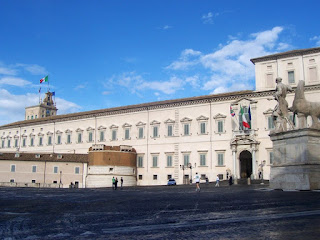 |
| The Quirinale Palace in Rome has been the official residence of 30 popes, four kings and 12 presidents |
The Palazzo del Quirinale was built in 1583 by Pope Gregory XIII originally as a summer residence. It subsequently served both as a papal residence and the offices responsible for the civil government of the Papal States until 1870. When, in 1871, Rome became the capital of the new Kingdom of Italy, the palace became the official residence of the kings of Italy, although some monarchs, notably King Victor Emmanuel III (1900–1946), lived in a private residence elsewhere. When the monarchy was abolished in 1946, the Palazzo del Quirinale became the official residence and workplace for the presidents of the Italian Republic. So far, it has housed 30 popes, four kings and 12 presidents.
_-_2021-08-29_-_1%20(2).jpg) |
| The main facade of the Palazzo Borghese, the historical seat of the Borghese family in Rome |
The Palazzo Borghese, which is notable for its unusual trapezoidal layout, having two parallel sides but two that are not parallel, was the main seat of the Borghese family in Rome. Situated in the Campo Marzio district of central Rome, not far from the Ponte Cavour and and about 600m (0.37 miles) on foot from the Spanish Steps, it was built in about 1560-61 by the architect Giacomo Barozzi da Vignola on behalf of Monsignor Tommaso del Giglio and acquired by Cardinal Camillo Borghese in 1604, shortly before he became Pope Paul V. The first floor of the palace has been the seat of the Embassy of Spain in Italy since 1947. The palace originally housed the Borghese family’s art collection, which contained works by Raphael, Titian and many others, before it was transferred in 1891 to the Galleria Borghese in Villa Borghese.
Also on this day:
1577: The birth of painter Mario Minniti
1685: The birth of perfumier Johann Maria Farina
1881: The birth of architect Marcello Piacentini
1925: The birth of politician Arnaldo Forlani
The Feast of the Immaculate Conception
.jpg)
.jpg)
.jpg)

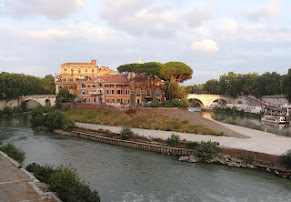
.jpg)

.jpg)
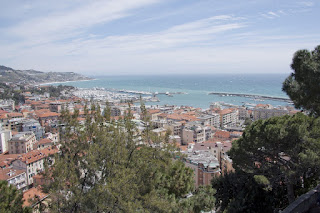

.jpg)
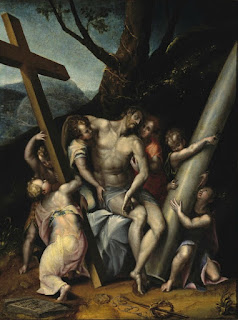




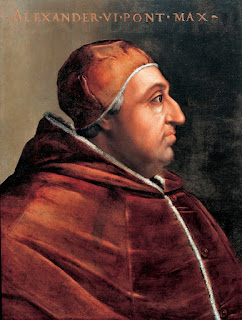

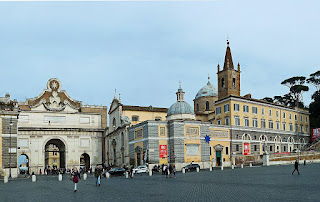
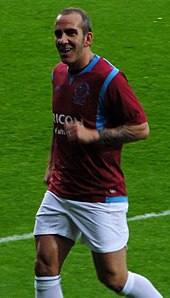
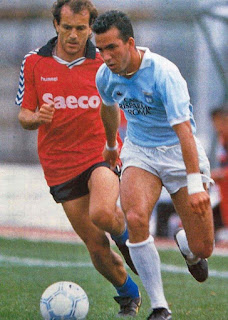
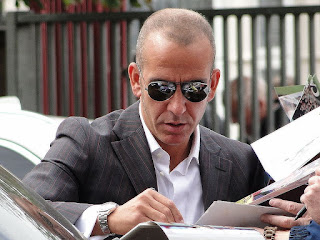


.jpg)
.jpg)

.jpg)


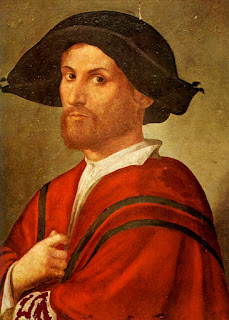

.jpg)
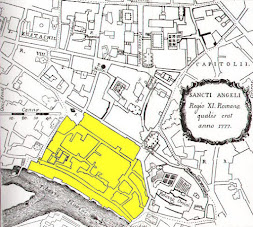
.jpg)